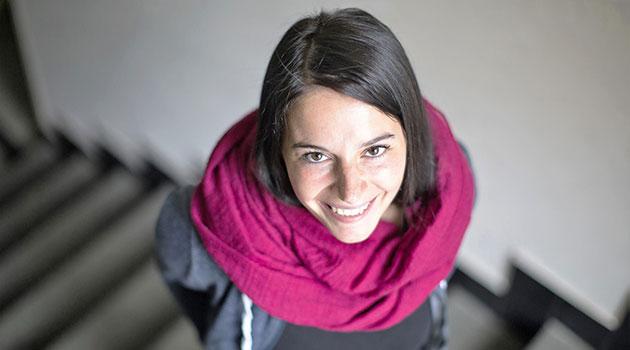Prague high school materials call Romani people a "natural biological risk"

Today is International Holocaust Memorial Day. Several hundreds of thousands of Roma and Sinti from all over Europe were among the Holocaust victims whom we commemorate on this day.
On this very same day I have received from a Romani student in the mail some copies of the materials distributed for final exams in her secondary school, materials alleging that Romani people belong in the category of “natural biological risks”. Welcome to the Czech school of the 21st century!
The student who received these materials has the enormous good luck to already know the inspiring, painful, rich history of the Roma and she is proud of who she is. She didn’t learn this history in school, though – at school, from her teacher, she has been told, on the contrary, that she and two other Romani students belong in the category of a “natural biological risk”.
How does a young person feel when a teacher, a representative of the institution that is meant to develop her personality and her love of knowledge, to prepare her for life in society, delivers to her in class the unambiguous “information” that she is a “risk”? A “biological and security risk”.
What does this do to her self-image, to her trust in this society, in which schools represent such a firm part of the system? How will the rest of her classmates process this information?
How much more “guaranteed information about Roma” will she have to hear under the auspices of such an authority? I would like to believe this is an isolated, misguided case.
Unfortunately, during the 10 years that I have been in contact with Romani pupils and students from all over the Czech Republic, I have seen too many such “missteps” – and that is definitely a euphemism – for this to be an accident. Each case of an educator absolutely failing the profession is a concrete, tangible example of what is being tolerated at a systemic level.
It is not unusual to encounter sincere astonishment among the Czech population when they hear, most of them for the first time in their lives, that Romani people were also victims of the Nazi genocide; that there were brave, anti-Fascist Romani resistance fighters such as Josef Serinek; that there are eminent Romani scientists, such as the Pankova sisters from Russia, or the Nobel Prize winner in medicine and physiology, August Krogh; and that the history of the Roma is our history as well. As the “majority society”, we lack this historical context and important information, and logically so do multiple generations of Romani pupils and students who, because of the failures of specific individuals in their roles as teachers, do not know their own history, which is an absolutely shameful deficiency of the Czech school system – and they are not just never taught the history of Romani people as victims of persecution and wars, but also the history of Romani people as active protagonists of their own lives.
“We in the majority” would have an easier time acknowledging the fact that Romani people are an important part of our society and equal members of it, if we were to receive such an education. Their history is also our history and vice versa.
This context and information is missing from the schools, though, it only appears exceptionally – and what’s more, it takes the form of “exotic” workshops. It is not an integral part of classes on geography, history, or literature.
This mutual ignorance is at the core of why interethnic coexistence remains so problematic here. For this reason, the challenge posed by the Council of Europe to its members in 2020 makes enormous sense.
The Committee of Ministers of the Council of Europe recommended that the culture and history of the Roma be covered by curricula in the schools. When will the Czech Republic finally resolve to do this?